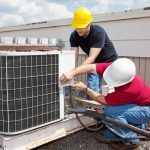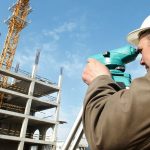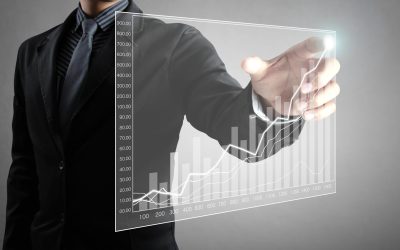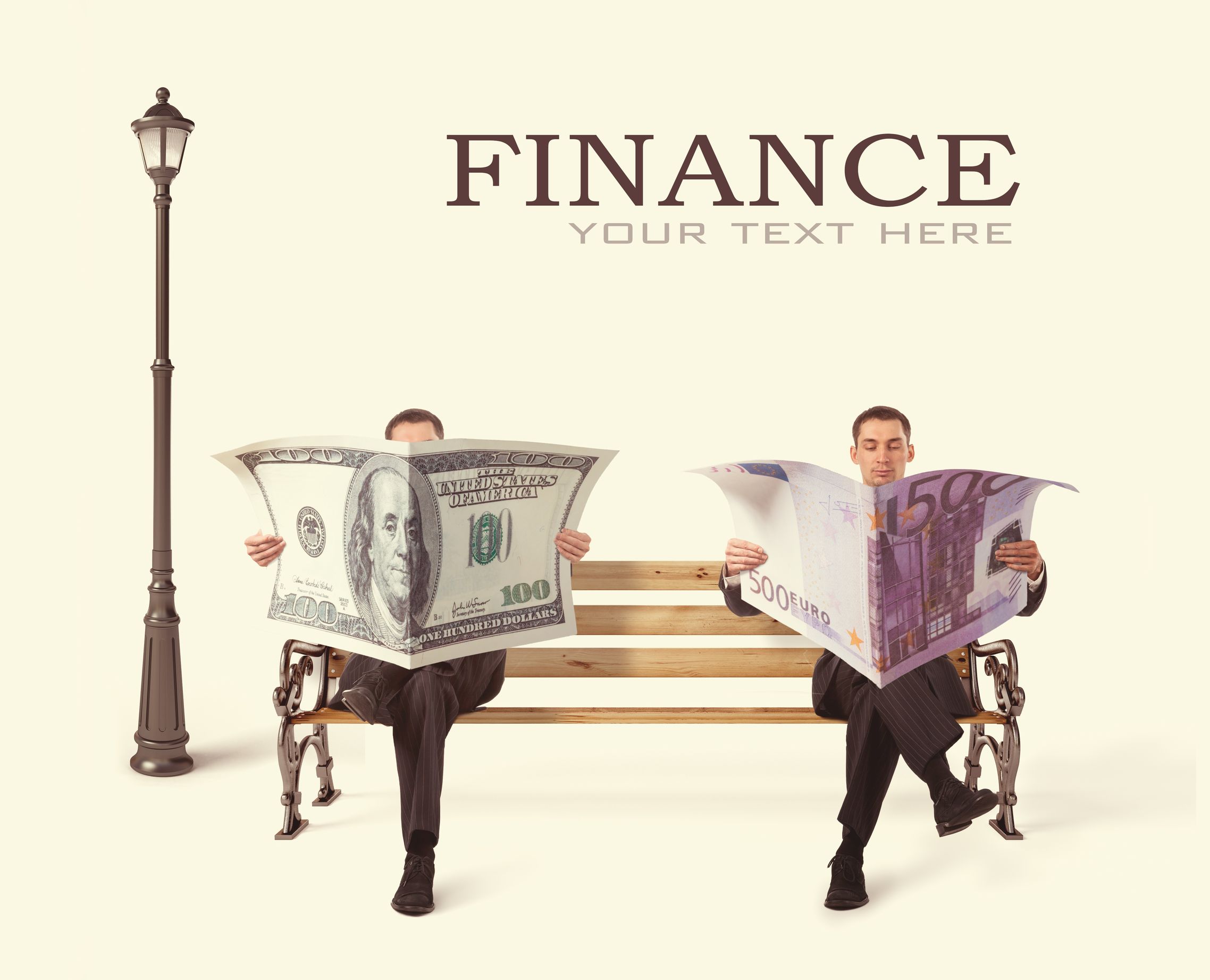For architects and engineers working on energy-efficient projects, the 179d Tax Deduction provides significant financial benefits. By making structures more energy-efficient, architects and engineers can save money on taxes, incentivizing them to adopt sustainable methods while increasing client value.
The Role of Energy Efficiency in Design and Engineering
In recent years, energy efficiency has been a top priority in the building sector. More clients are looking for designs and retrofits that meet or exceed energy performance criteria, not only to reduce environmental impact but also to save long-term operating costs. Architects and engineers may develop buildings that spend less energy by leveraging advances in materials and technologies, which is critical for commercial properties and government facilities that function 24 hours a day. Those who contribute to energy-saving designs can benefit financially from the 179d tax provision. The 179d tax deduction includes an incentive for using energy-efficient equipment. Furthermore, this incentive is closely aligned with the goals of the green construction movement, offering a real method to assist environmental sustainability while benefiting financially.
Maximizing the 179d Deduction Benefits
When attempting to qualify for the 179d tax benefit, architects and engineers must examine both design choices and adherence to energy efficiency regulations. Working with experienced energy assessors to ensure compliance is critical, as the discount is only available for projects that satisfy particular energy limits. These evaluations often require detailed modeling and calculations to ensure that the building achieves the necessary energy reductions, as outlined by section 179d deduction regulations. Furthermore, conforming to these criteria not only qualifies the project for a tax advantage but can also help building owners realize a return on investment by lowering their energy costs over time. These incentives enable designers to investigate novel energy-saving methods that might not have been financially feasible otherwise. Furthermore, energy-efficient buildings are becoming desirable in the commercial real estate market; therefore, meeting the 179D requirements can increase the building’s overall worth. Architects and engineers who implement these practices often find that the deduction provides a competitive advantage by showcasing their commitment to both quality and environmental responsibility.
The Long-Term Impact of the 179d Deduction
The 179d Tax Deduction has been crucial in driving progress in the architectural and engineering industries. It encourages experts to apply sustainable designs and energy-saving technologies by offering a cash incentive, which has a multifaceted impact on the sector. With the growing need for greener buildings, architects and engineers who take advantage of this deduction can play a critical role in determining the future of the built environment. Architects and engineers committed to energy-efficient design can benefit greatly from the 179d tax incentive. Meeting the energy reduction criteria allows professionals to save money on taxes, contribute to the environmental movement, and provide high-value results to clients. This tax break is more than just a cash advantage; it is a commitment to building a more sustainable and energy-efficient future for the construction and engineering industries.







